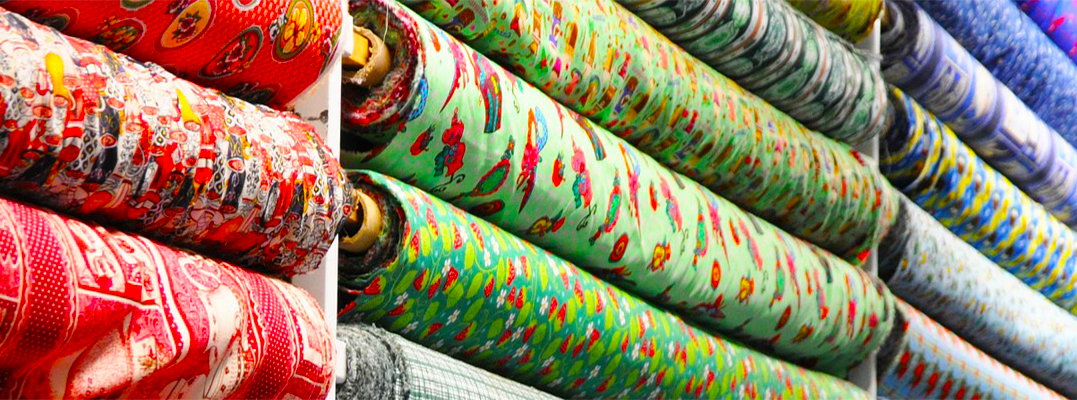
Recent media reports quoting data obtained from ZimTrade indicating that Zimbabwe’s garment exports grew by 165% between 2012 and 2016 presented a breath of fresh air in view of just how much the country’s economy has been unceasingly absorbing imports.
According to reports, during this period, the dollar value of the reported 165% growth in exports stood at US$8.2 million. In 2012 that figure was US$3.1 million. The jump is clear and worthy of the headlines it generated.
As is often said, the devil is in the detail.
Whilst still appreciative of this positive development, my celebrations were short-lived by a subsequent revelation that followed in the news article to the effect that the export market anchoring this growth is predominantly South Africa.
Statistics quoted in the NewsDay Zimbabwe newspaper report ((NewsDay Zimbabwe – Clothing Industry experiences 165% growth)) stated that South Africa received 80% of Zimbabwe’s clothing and textile exports while the rest of SADC took in 16%. The unmentioned 4%, in the news report, was presumably absorbed by other markets outside of the region.
The fact that South Africa is taking in 80% of our garment exports raises some serious points of discomfort.
I am immediately concerned about the sustainability of this achievement and whether those with a longer term view should be content.
The bulk of the exports are too concentrated in a single market which market, as I will show in a moment, is going through some changes of its own that have potential to devastatingly destabilize Zimbabwe’s current hold on the South African market.
It is clear that Zimbabwe’s clothing and textile sector export market is not strategically diversified.
At the same time, it appears unlikely to be an easy feat diversifying the market in view of the domination of cheaper exports from Asia already anchored in other regions which are potential alternative markets for Zimbabwe. This is but an indication of just how much troubled Zimbabwe’s once flourishing textile sub-sector remains.
The discomfort that I have concerning South Africa being the dominant market absorbing the bulk of Zimbabwe’s clothing and textile exports emanates from South Africa’s own recent domestic drive to boost its clothing and textile sub-sector.
The domestic clothing and textile sector has always been important to South Africa’s economy((Industrial Global Union – FEATURE: A turnaround for South Africa’s textile industry?))
Just as happened in Zimbabwe, it had been hit hard by cheap Asian imports at the turn of the century and the rise of Lesotho as a formidable garment exporter thanks to AGOA.
After nearly two decades of a sharp decline in South Africa’s garment sector which lost no less than 150 000 workers, there have been renewed efforts in the last two years to get the domestic garment industry back on track.
The SACTWU factor
The very influential ((About SACTWU)) and highly subscribed Southern African Clothing and Textile Workers Union (SACTWU) is very much on the forefront pushing for the revival of this once very strong domestic sub-sector.
SACTWU is South Africa’s respected 100 000 member strong clothing and textile sector union which is calling for far reaching policy changes including giving cheap loans and government subsidies as a way of getting the sector on its feet.
In this regard, the union is putting up a huge fight and huge campaigns for domestic clothing and textile retailers to support South Africa’s domestic manufacturers.
The South African government itself is singing from the same hymn book as SACTWU.
It was recently reported that the government had dispersed as much as US$355 million to the clothing and textile sector as part of production incentives.
In addition, South Africa’s Minister of Trade and Industry, Rob Davies, was quoted in the same report suggesting that the government would tighten garment related import controls ((Just-Style – South Africa awards $355m incentives to clothing sector)),
Should everything go according to plan on the South African side as it seems to be, we may have to brace for a significant reversal of Zimbabwe’s celebrated numbers.
Zimbabwe may continue to have some export market in South Africa, but this will be for textile products with little value addition to them.
South Africa clearly wants domestic value addition. Everyone in the region is clearly looking for it.
This in its own right will also represent a setback to Zimbabwe’s ongoing drive for domestic value addition.
This is why its too early to count on the sector’s long term ability to meaningfully contribute to Zimbabwe’s export figures.